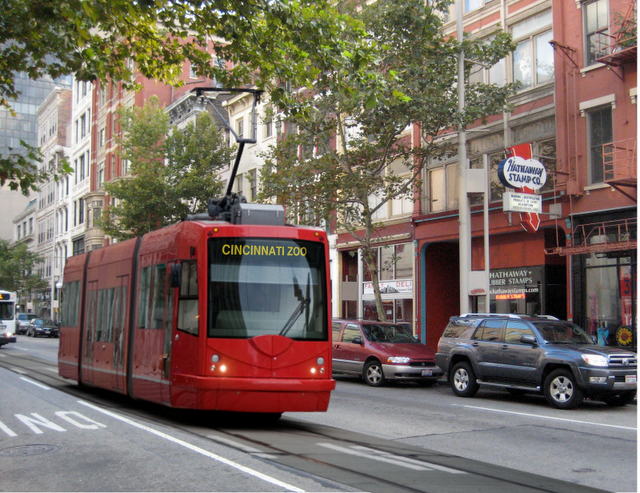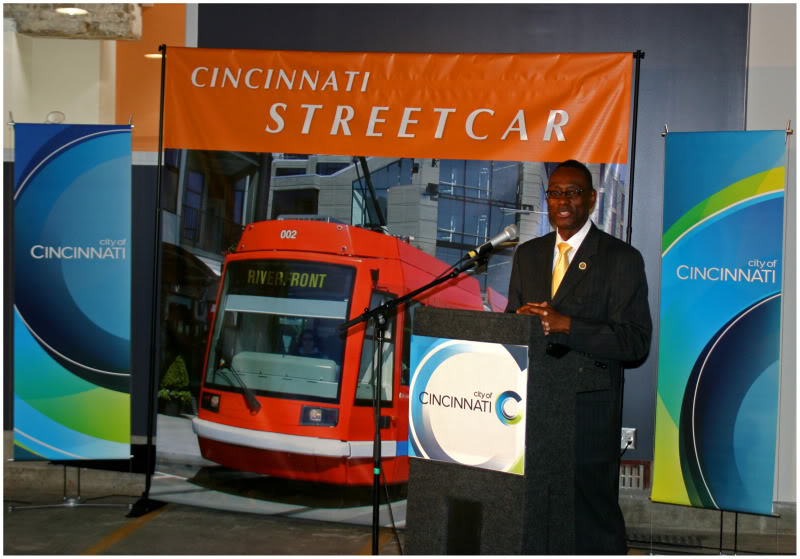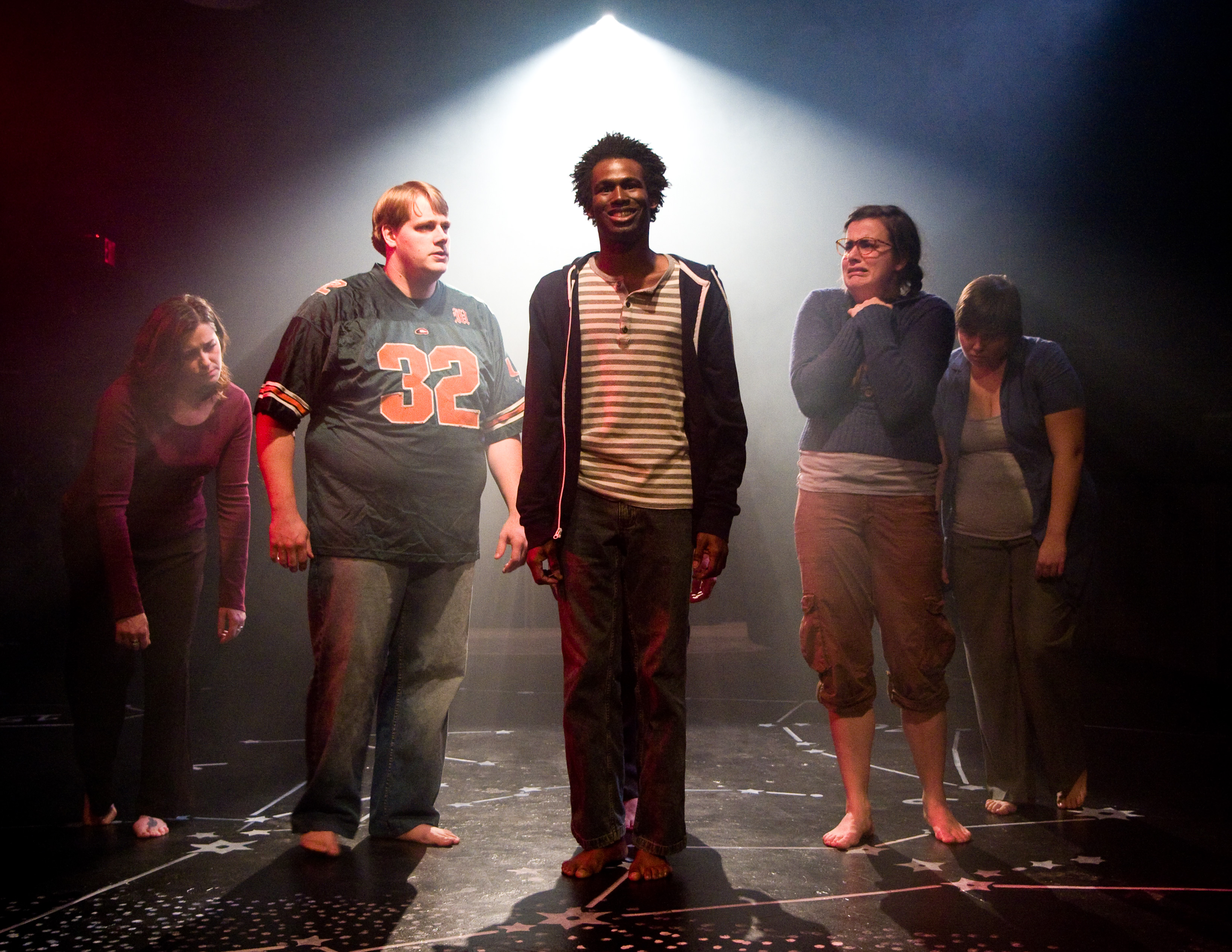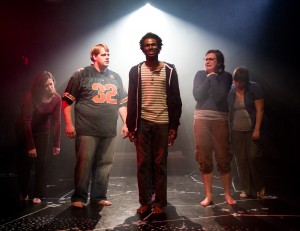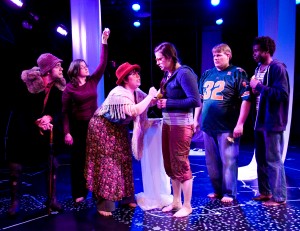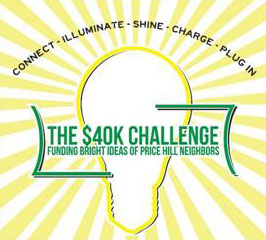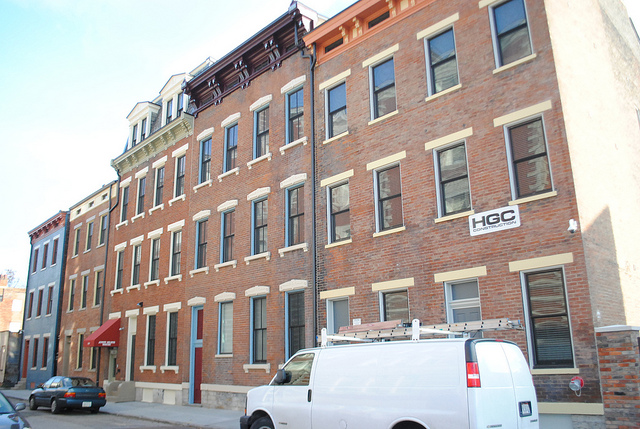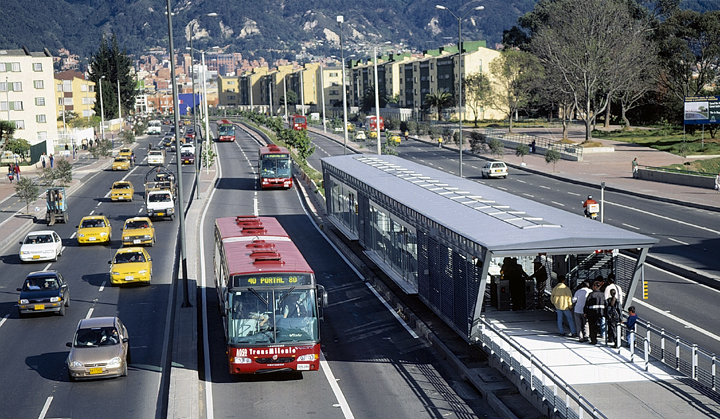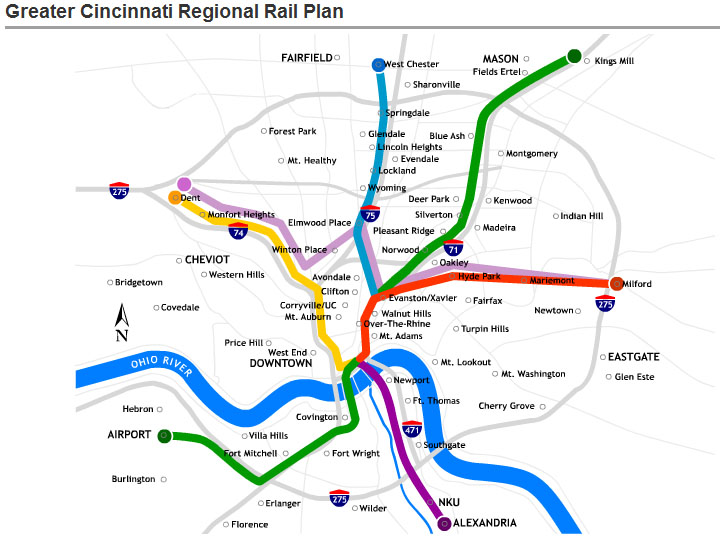The Transportation Review Advisory Council (TRAC) of the Ohio Department of Transportation (ODOT) announced yesterday that they have unanimously recommended an award of $35 million for the construction of phase one of the Cincinnati Streetcar. The $35 million award means that the first phase of Cincinnati’s modern streetcar system is now fully funded.
To date, the Cincinnati Streetcar has secured $150 million through a variety of public and private resources to fund the first phase of the system which is estimated to cost $128 million.
“Today was a great day for our streetcar project,” exclaimed Cincinnati Mayor Mark Mallory in an email yesterday. “We now have the full amount needed to complete the first phase. This will help grow our city and improve our financial future.”
In addition to $35 million for construction, TRAC also recommended $1.8 million for planning and preliminary engineering work for phase two of the project which will extend further throughout Cincinnati’s uptown neighborhoods.
The Cincinnati Streetcar project scored 84 out of a possible 100 points in TRAC’s ranking – by far the highest total of all transportation projects from around the state. As a result of that robust score, ODOT officials approved TRAC’s $15 million recommendation for the Cincinnati Streetcar project in May 2010.
During recent budget debates, some advocacy groups have lobbied against the Cincinnati Streetcar project and said that the money should be instead used for other purposes – mainly preserving police and fire sources. City officials have responded by repeatedly stating that the capital funds identified for the Cincinnati Streetcar are restricted funds that can only be used on capital projects – not operating expenses like personnel. Furthermore, city officials also believe the streetcar investment will return an estimated $3 for every $1 invested.
“In light of the budget problems facing the city, I am convinced that we must use every economic development tool we can to bring residents, jobs, businesses – and tax revenue – to the city,” explained City Manager Milton Dohoney. “Together, the streetcar, casino, The Banks, 21c Hotel, and other investments generate bigger returns that will stabilize and grow our local economy.”
Once complete, the system will be managed and operated by the Southwest Ohio Regional Transit Authority which currently manages and operates Metro bus service. Phase one of the Cincinnati Streetcar is expected to take on its first passengers in spring 2013.
